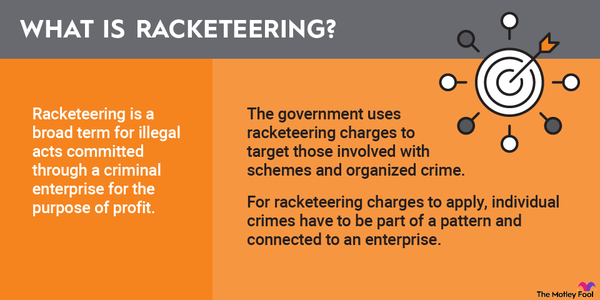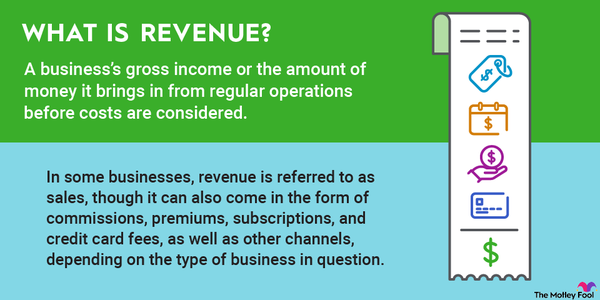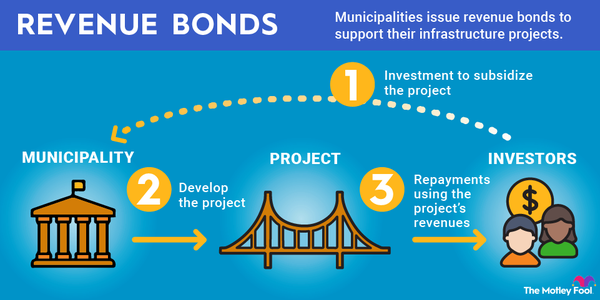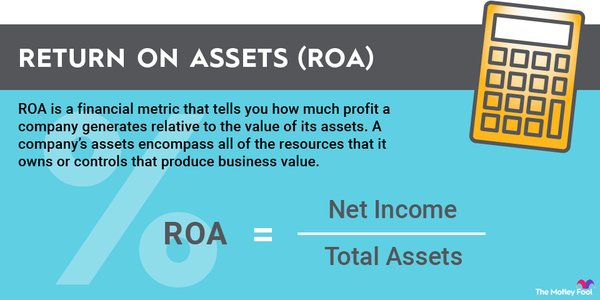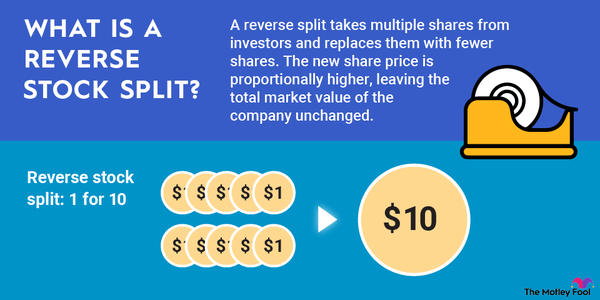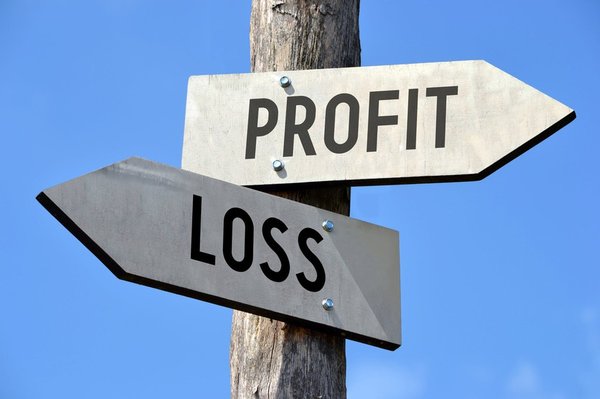The Rule of 110 is a common guideline in asset allocation. Basically, the Rule of 110 states that the proper allocation of stocks in your portfolio is 110 minus your age. Read on to learn how this rule of thumb works, its shortcomings, and how to use it in your retirement planning.
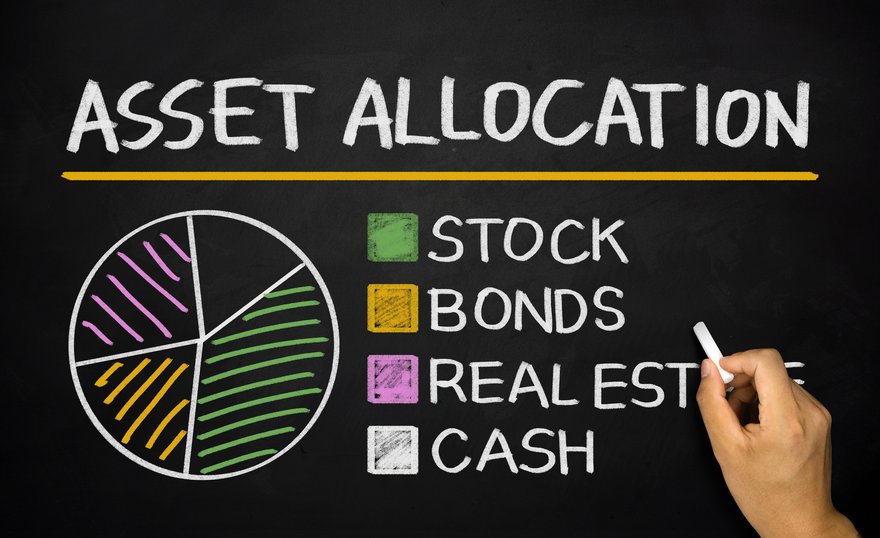
What is the Rule of 110?
The Rule of 110 is an asset allocation rule of thumb that states that you should subtract your age from 110 to calculate the proper mix of stocks and bonds in your investment portfolio.
For example, if you're 35, you'd calculate your ideal asset allocation as follows:
110 - 35 = 75
So, you'd aim to have about 75% of your assets allocated in stocks and the remaining 25% invested in bonds. As you get older, you typically want to lower your stock allocation and increase your investments in bonds and other conservative investments. The reason is that you want to have more low-risk investments as you get closer to retirement.
Variations
Variations on the Rule of 110
There are some popular variations on the Rule of 110. Originally, the Rule of 100 (subtract your age from 100) was the common wisdom.
But that recommendation is now considered outdated by many financial experts. For example, under this guideline, someone who's 50 would have a nest egg that's 50% stocks and 50% bonds.
With increased life expectancies -- meaning people frequently have to stretch their retirement savings over longer periods -- this could result in a mix of assets that's too conservative. For an investor in their 60s or 70s, the Rule of 100 could result in a portfolio that doesn't keep up with inflation.
Another alternative is the Rule of 120, which is that you should subtract your age from 120 to get your ideal stock allocation. Of course, this approach results in an asset allocation that's more aggressive and is best-suited for someone with a high risk tolerance.
Limitations
Limitations of the Rule of 110
As with any rule of thumb about investing, the Rule of 110 should be taken with skepticism. Some limitations include:
- It's generic. Though sometimes having a ballpark target is helpful, no single retirement guideline will offer personalized advice. If you want investment guidance that's tailored to your unique situation, it's best to work with a financial advisor.
- Possibly too conservative. Following the Rule of 110 could result in a portfolio that doesn't provide enough long-term growth to sustain your retirement years.
- Doesn't account for risk tolerance. Age isn't the only factor that determines the right asset allocation. For example, if you lose sleep over a bad day in the stock market, you may want a more conservative portfolio, even if it means lower returns. Alternatively, if you have an aggressive investment style, age-based rules may not be appropriate for you.
- Doesn't account for market conditions. No rule of thumb can account for stock market volatility or changing bond yields. If you want to adjust your investment strategy based on market conditions, you'll probably want to work with a professional.
Related investing topics
Example
Example of the Rule of 110
Suppose you're a beginning investor and you're opening your first retirement account. You're 25 and decide to follow the Rule of 110. That means you invest 85% in stocks and 15% in bonds. Each year, you'd readjust your allocation so that you invest in stocks slightly less.
Though it's important to revisit your asset allocation periodically, you have several alternatives to following this guidance and manually rebalancing your investments.
Target-date funds, which are common in many retirement, adjust your investment mix based on your planned retirement date. Many are named for the targeted retirement date, i.e., the 2035 fund or 2040 fund.
You can also use a robo-advisor to allow algorithms to select your investments. Most of the best robo-advisors offer periodic rebalancing, which allows you to shift toward safer investments over time.
Finally, you could also hire a financial advisor to craft a personalized investment strategy. This may not be necessary when you're just starting to invest. But as you move closer to retirement, doing so may be worthwhile to ensure you're on track to hit your goals.









